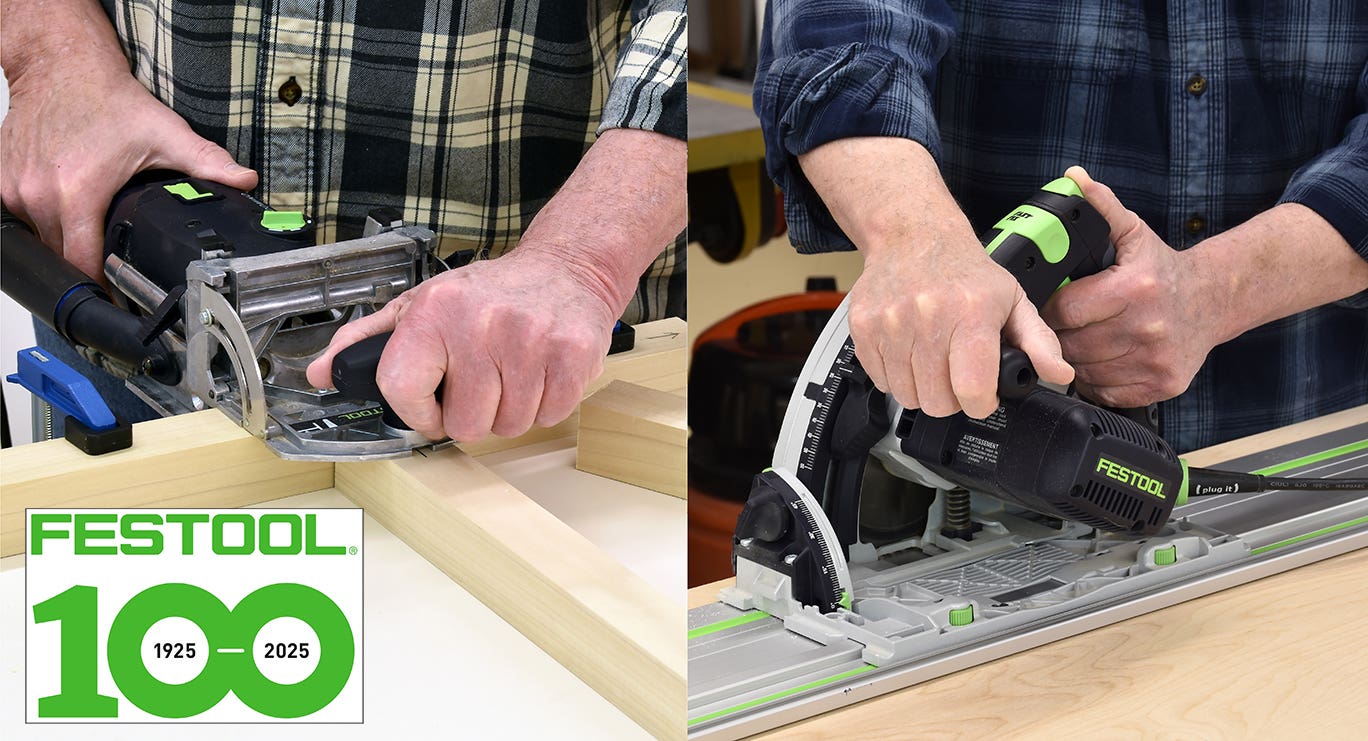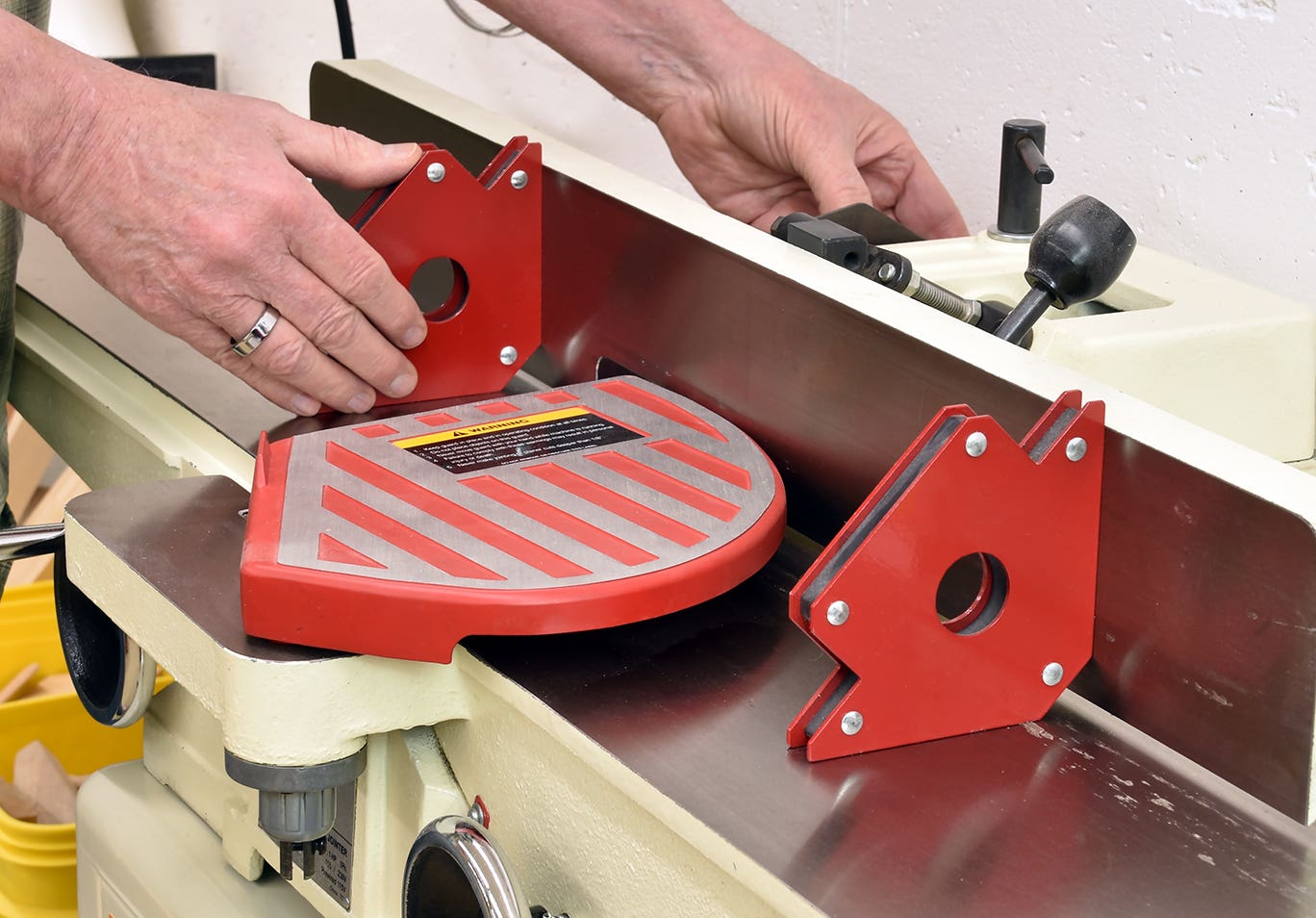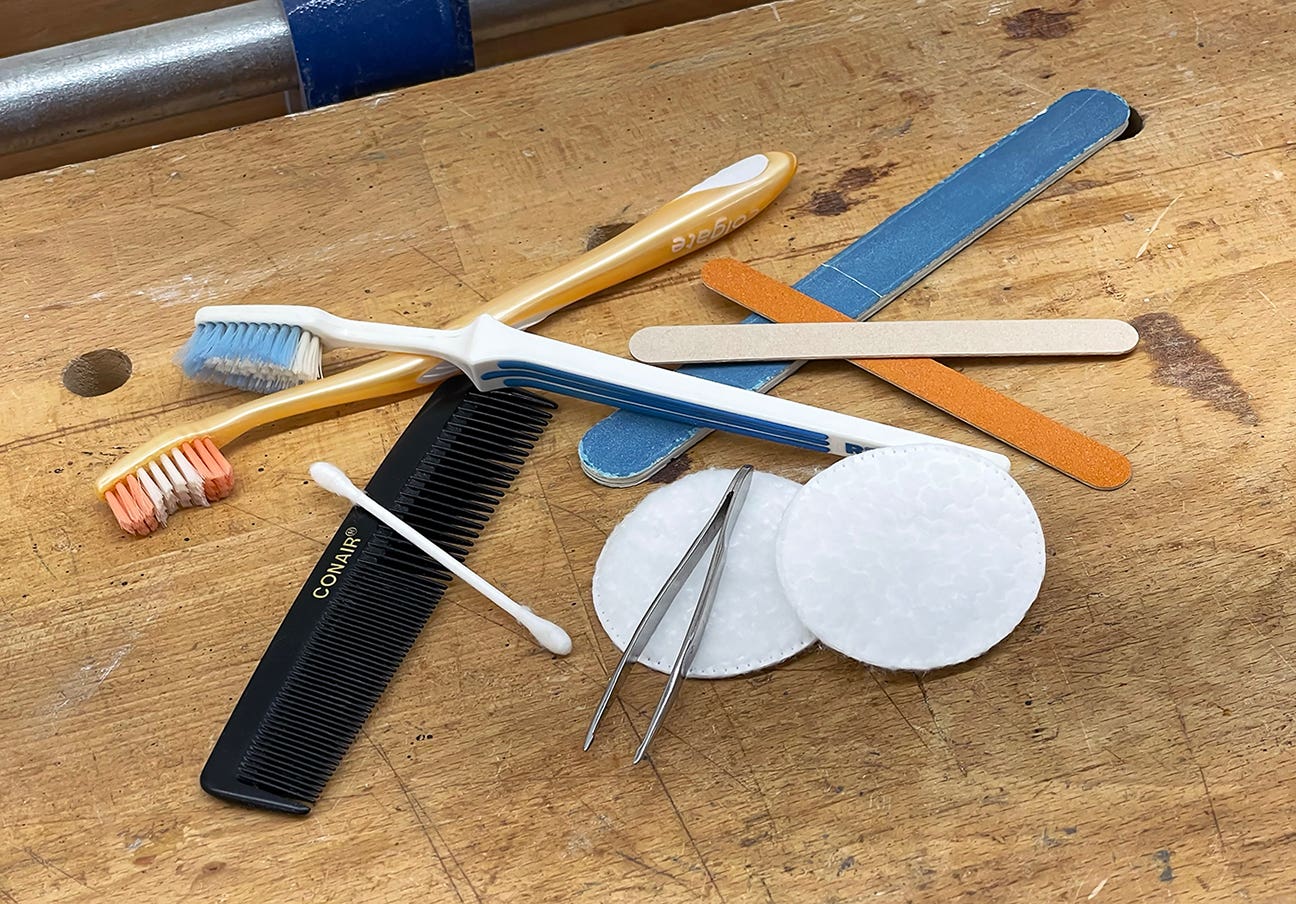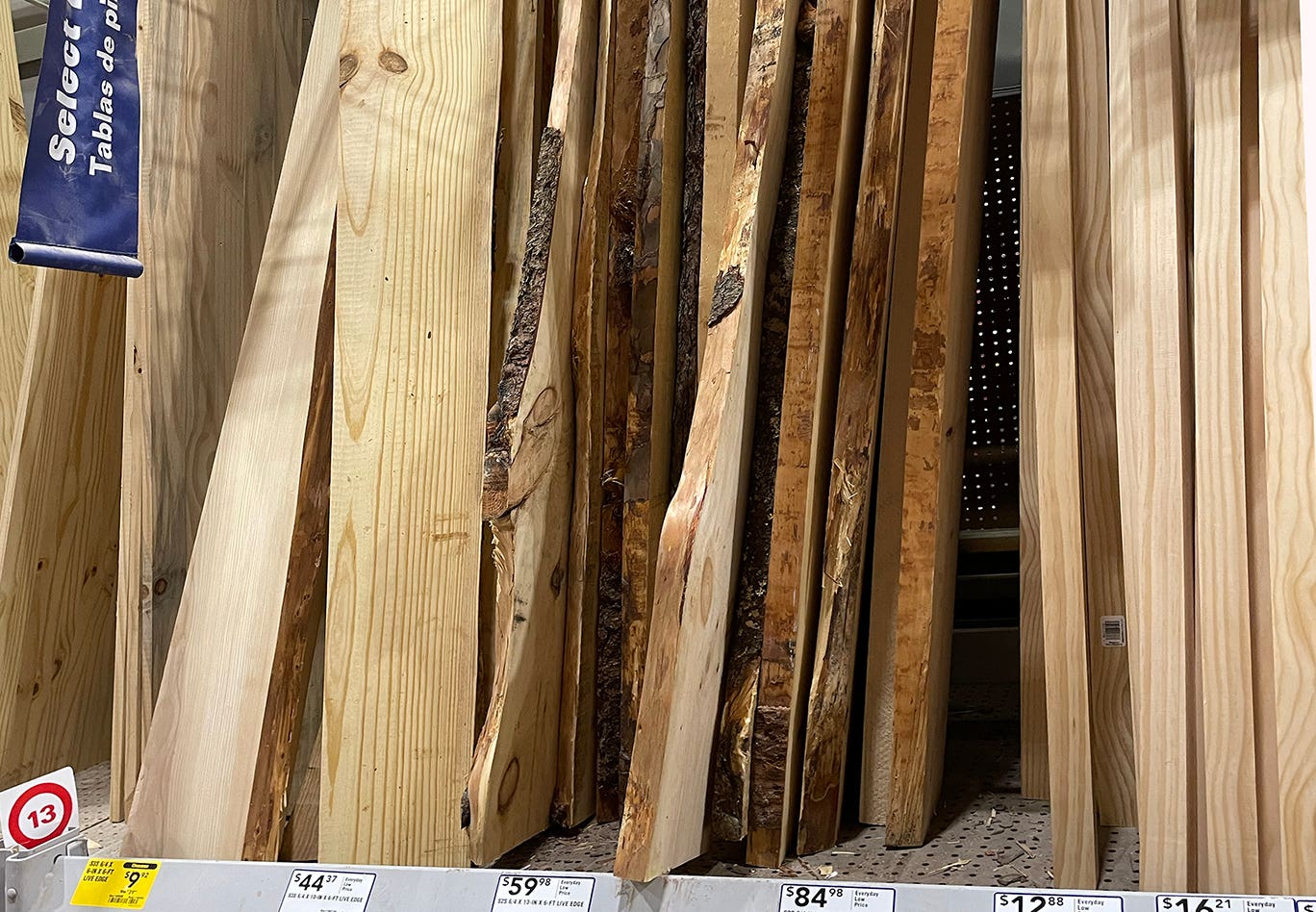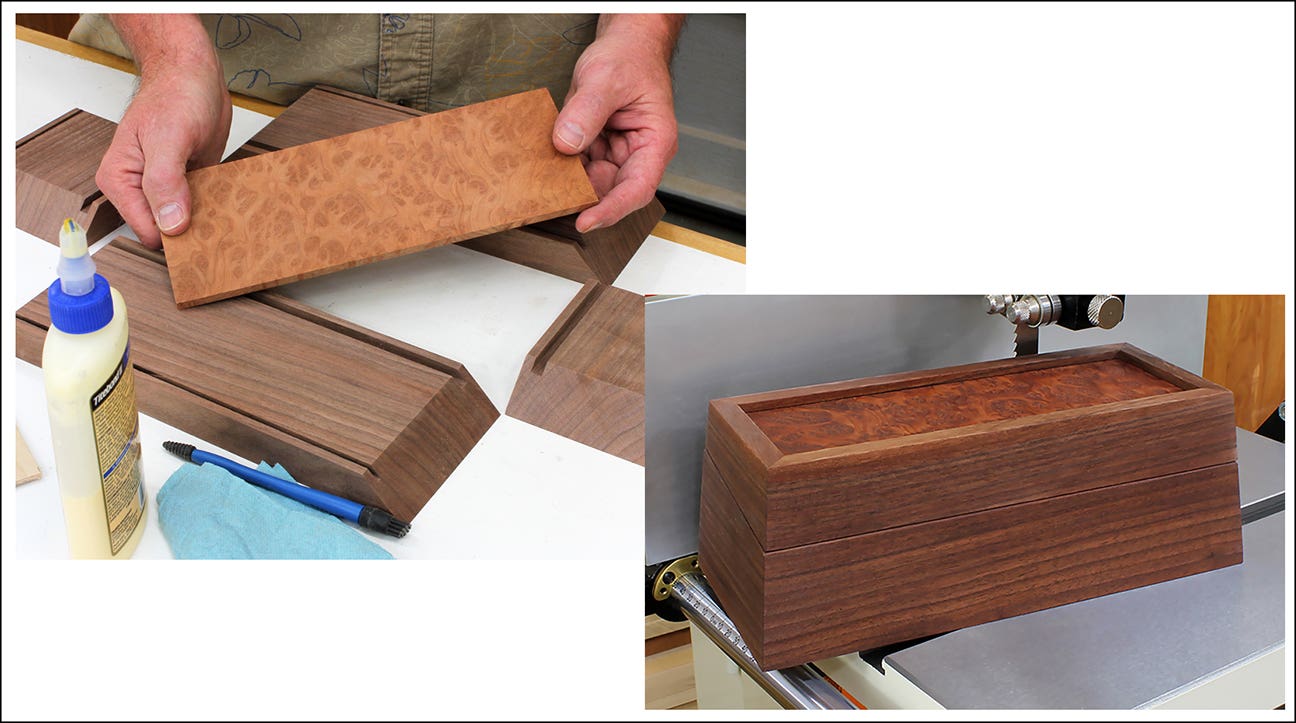Grain raising can be just a bump in the road
Grain raising slows production and lessens the quality of your work, especially with water-based finishes.
Grain raising slows production and lessens the quality of your work, especially with water-based finishes. To understand what causes it and how do deal with it, it’s necessary to understand a little about wood.
To begin with, the very term “grain raising” is a little misleading. When we speak of grain in wood, we usually mean the visible boundaries between the tree rings. So, for example, with plane-sawn oak the boundaries are wide and clearly visible. That’s the grain in oak.
To understand the grain raising that creates a fuzz on the wood, you need to take a different perspective of grain. The grain that’s being referred to here is the tiny cells or fibers that make up the wood. These cells are way too small to be visible except under magnification. So, to make this explanation clearer, think of them as a bundle of miniature soda straws.
Many years ago I attended a talk on wood and the presenter showed us a bundle of soda straws about 3” in diameter held together with a rubber band to serve as a visual for what he was explaining.
Years later, when I began teaching finishing, I included a similar bundle in my kit to use for the same purpose. The bundle of straws is surprisingly similar to the cells in wood, just much larger.
Like the bundle of soda straws, the cells in wood are largely hollow and much longer than they are thick. In wood, the cells are held together by lignin, which also contains the extractives that give wood its color.
When you saw or plane the end grain of wood, you have to use very sharp blades or the sides of the cells tear and collapse.
When you saw or plane the long grain, a similar thing happens, just much less so. Still, if your saw blade or jointer or planer knives aren’t sharp, they cause the cell walls to collapse or the cells to press into layers of cells underneath.
The same thing happens with dull sandpaper. Sandpaper is expensive, so it’s natural to use it for much longer than we should. The dull grains of abrasive tear the walls of the cells and press them into the cells beneath rather than smoothly cutting them off. So when moisture is then introduced in the form of humidity or, especially in the form of liquid water, these pressed and torn areas swell so the surface feels like peach fuzz. This is what we refer to as grain raising.
If you want to try an experiment, you could run one piece of wood over a jointer and hand-plane another with a very sharp plane iron. Don’t sand either. Then dab some water on each and feel them after the water has dried. There should be much less grain raising on the hand-planed wood because the cell walls have been cut clean.
Thin finishes
Many years ago, I was sitting in the office of a prominent woodworker who was raving about the qualities of a popular brand of oil finish. He was making the point of how resistant this finish was to moisture.
He had a couple of bookcases in his office that he had finished several years previously with this finish. So I walked over and ran my hand over the surface. I expected it would feel rough because I had experienced that at home on wood that I had finished with the same oil finish after several years. But the surfaces were smooth like they had just been sanded.
It was not until I got home that I realized the explanation. This friend lived in the desert where there was almost no humidity. There is a lot of humidity where I live (though not nearly as much as near the Gulf Coast).
So the explanation was that an oil finish, with no build, isn’t thick enough to block humidity from getting to the wood and causing the pressed and torn cells to expand enough to be felt.
This taught me that the best practice when using an oil (or for that matter, wax) finish with no build is to raise the grain first by wetting the wood and sanding it smooth after it has thoroughly dried.
How much to sand
Here’s the critical point: The cells or fibers that get smashed and torn by the pounding they get from a jointer or planer or from dull sandpaper are only a few cells deep. If, in sanding the raised grain smooth, you sand deeper than this damage, especially if you’re using dull sandpaper, you will expose fresh wood that will have almost the same susceptibility to raise again.
So, in removing raised grain, you need to use fresh sandpaper of a fine enough grit so you just make the wood feel smooth. Don’t sand deeper than this.
One trick you sometimes hear of is to wet the wood after the next-to-last sanding grit you’re using. Let the wood dry, then sand smooth with the finest grit.
This doesn’t really solve the problem, however, because it will take hours for the wood to dry enough, seriously slowing production, and you’ll probably sand too deep with the last grit because the point of using that grit is to remove the scratches from the previous grit.
A better solution, at least with water-based finishes, is to sand the first coat smooth after it has dried, being careful not to sand through. Or, if you’re using a water-based stain or a water-soluble dye, bury the raised grain caused by it with a coat of finish, then sand it smooth.
In most cases, this solves the problem. The next coat of finish will go on smooth.
In a production situation, it’s probably not feasible to pre-raise the grain and sand it smooth after it dries. But if you’re not in a production situation and you’re using an oil finish, you might be able to justify this.
Bob Flexner is the author of “Understanding Wood Finishing,” “Flexner on Finishing,” and “Wood Finishing 101.”
This article originally appeared in the September 2017 issue.


